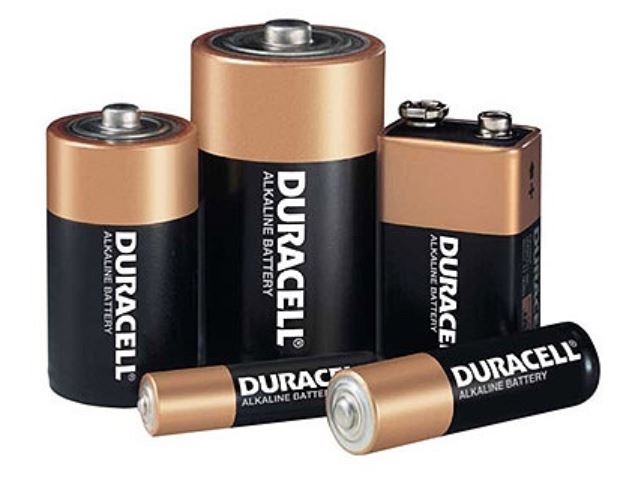
Energy Storage
Storing energy generated from your solar power system can be beneficial. While battery storage has been used for decades in off-grid applications, for some homeowners it now makes sense to add energy storage to grid-tied solar power.
There are two primary reasons to add energy storage:
- To provide backup power in the case of a power outage.
- To store energy for consumption during peak demand hours when prices are higher.
If you happen to live an area with frequent power outages, having a reliable backup power system can be practical. Adding a battery system can provide power to critical loads during an outage. Most residents in San Diego Gas & Electric (SDG&E) service areas rarely experience an outage, so the cost of adding energy storage may be prohibitive.
SDG&E customers receiving permission to operate their solar power systems prior to March 30, 2018 can take service under tiered rates. Those adding solar power after the deadline will be required to take service under a time of use rate. The financial benefits of adding energy storage will vary greatly depending on your individual circumstances.
We’re seeing the most rapid advancements related to solar power in the area of energy storage components, including inverters, batteries and energy management systems. We are currently installing the RESU10H battery from LG Chem with the StorEdge 7.6kW inverter from SolarEdge.
This energy storage system in rural Fallbrook gets its power from a 10kW ground mounted solar array. The battery discharges daily to maximize self-consumption, and provides power to critical loads in the event of a power outage.
The recent Lilac fire demonstrated how SDG&E can cut power to large populations in the event of a wildfire. While this home was not affected, several nearby residents were without power for several days. For this homeowner, solar power and energy storage provide real value.

